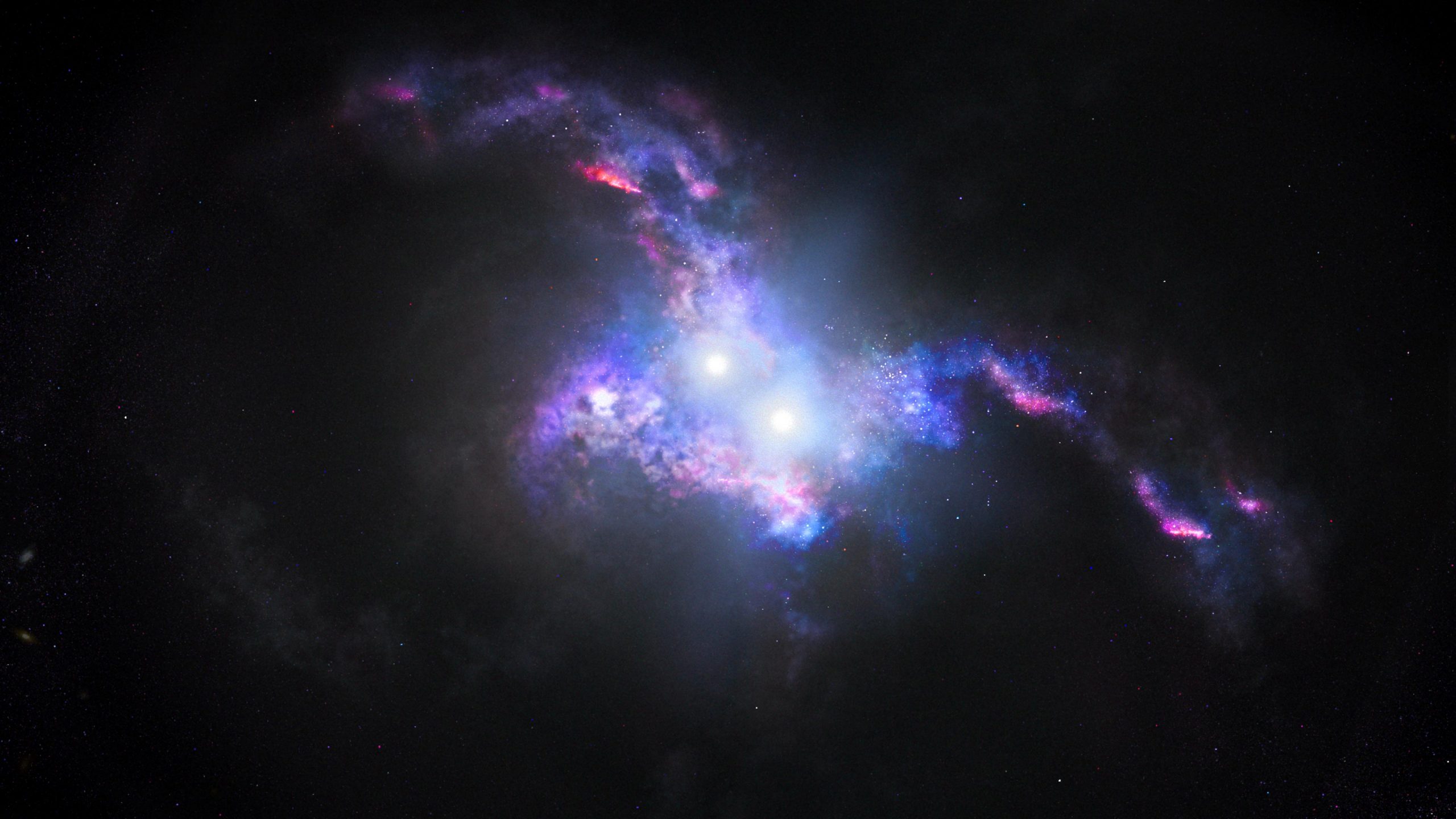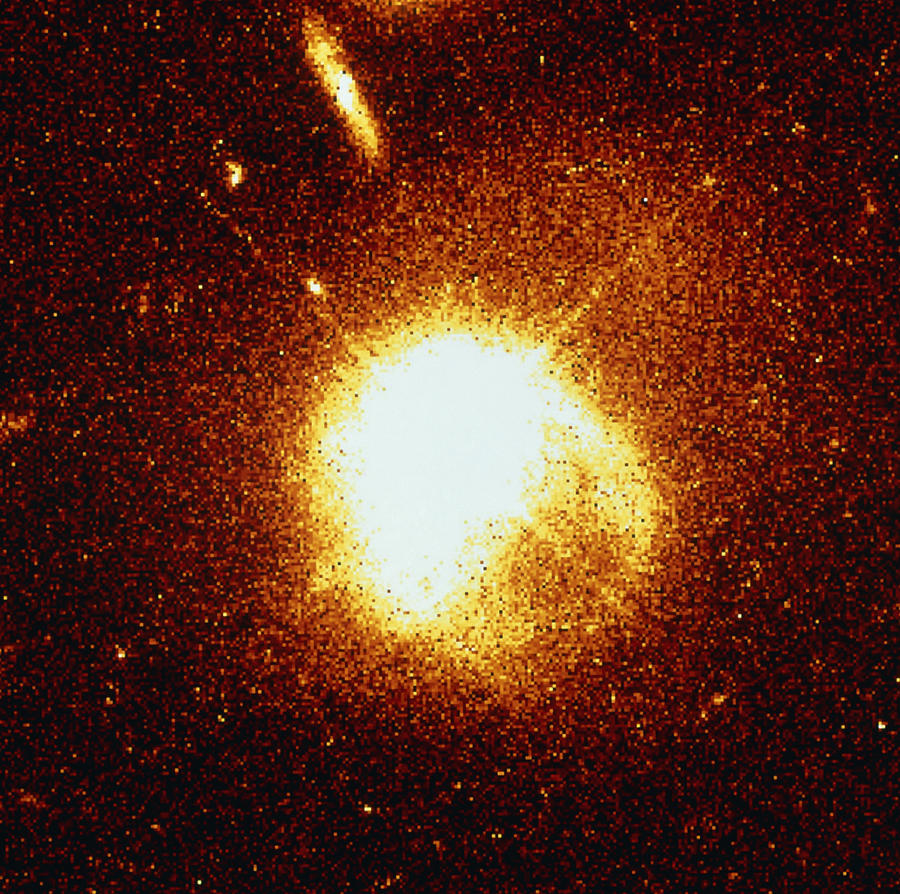

WFPC2 was installed on Hubble during shuttle mission STS-61. If it was located 30 light-years from our own planet - roughly seven times the distance between Earth and Proxima Centauri, the nearest star to us after the sun - it would still appear as bright as the sun in the sky. Of these very bright objects, 3C 273 is the brightest in our skies. Quasars are capable of emitting hundreds or even thousands of times the entire energy output of our galaxy, making them some of the most luminous and energetic objects in the entire Universe.

News NovemQuasar 0.8.0 has been released. Quasars are an example of a rare active galaxy, those with a supermassive black hole accreting material at the fastest possible rate, except quasars have. In this picture, one of these jets appears as a cloudy streak, measuring some 200 000 light-years in length. Quasar’s clustering makes use of Galaxy, by Parallel Universe Acknowledgments A core component of Quasar, bytecode instrumentation, is a fork of the wonderful Continuations Library by Matthias Mann. As material from this disk falls inwards, some quasars, including 3C 273, have been observed to fire off super-fast jets into the surrounding space. In fact, quasars are the intensely powerful centers of distant, active galaxies, powered by a huge disc of particles surrounding a supermassive black hole. The term quasar is an abbreviation of the phrase "quasi-stellar radio source," as they appear to be star-like on the sky. It was the first quasar ever to be identified, and was discovered in the early 1960s by astronomer Allan Sandage. Until now, objects like GNz7q have only been. Despite this great distance, it is still one of the closest quasars to our home. Supermassive black holes are believed to come into being as embryos in the cores of dusty starburst galaxies, eventually getting rid of all that dust and gas when they crawl out as quasars, ultraluminous active galactic nuclei (AGNs) so bright that they can easily outshine all the stars in a galaxy. The most unique feature in this new image taken with the NASA/ESA Hubble Space. Its light has taken some 2.5 billion years to reach us. In addition the image holds a treasure of lensed galaxies and even a supernova. Many models of galaxy formation and evolution have been constructed on the basis of what we know about conditions in the early universe, which is in turn based on models of the expansion of the universe after the.

Roberto Decarli1, Marco Mignoli1, Roberto Gilli1. The study of the origin and evolution of galaxies and the quasar phenomenon has only just begun. In a quasar tsunami, though, the phenomenon spins out of control, heating stellar material to billions of degrees - that's billion with a "b" - and flinging it into interstellar space.This image from Hubble’s Wide Field and Planetary Camera 2 (WFPC2) is likely the best of ancient and brilliant quasar 3C 273, which resides in a giant elliptical galaxy in the constellation of Virgo (The Virgin). Testing the paradigm: First spectroscopic evidence of a quasargalaxy Mpc-scale association at cosmic dawn.
QUASAR GALAXY SERIES
The amount of mechanical energy that these outflows carry is up to several hundreds of times higher than the luminosity of the entire Milky Way galaxy." Black Hole DeathĪrav and colleagues described the devastating phenomena in a series of six papers published in The Astrophysical Journal Supplements.īasically, a quasar is a type of supermassive black hole at the center of a distant galaxy that spits out extraordinary amounts of energy. Since then, they have found many more examples of quasar-galaxy gravitational lenses, allowing researchers to calculate the masses of the foreground galaxies. "The winds are pushing hundreds of solar masses of material each year. "No other phenomena carries more mechanical energy," said principal investigator Nahum Arav of Virginia Tech in a statement. New data from NASA's Hubble Space Telescope details what may be the most powerful phenomena in the universe: the "quasar tsunami," a cosmic storm of such terrifying proportions that it can tear apart an entire galaxy.


 0 kommentar(er)
0 kommentar(er)
